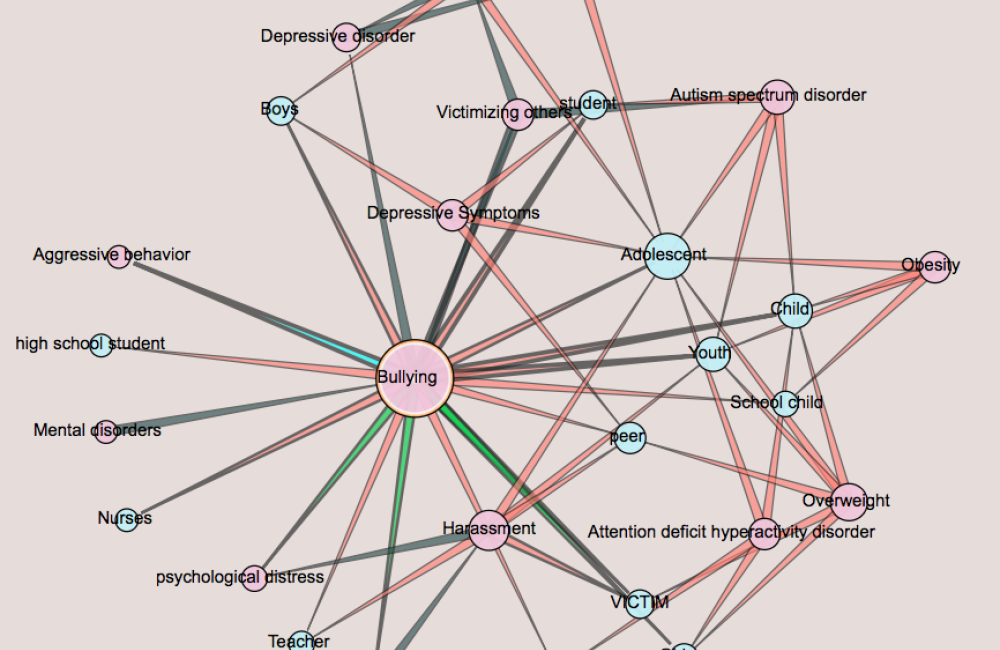Using artificial intelligence, Oak Ridge National Laboratory analyzed data from published medical studies to reveal the potential of direct and indirect impacts of bullying. Their results could help identify long-term consequences and could inform better-targeted intervention programs. Credit: S. M. Shamimul Hasan/Oak Ridge National Laboratory, U.S. Dept. of Energy
Oak Ridge National Laboratory is using artificial intelligence to analyze data from published medical studies associated with bullying to reveal the potential of broader impacts, such as mental illness or disease. Search results from a computing method known as literature-based discovery could help identify long-term negative consequences of bullying behavior and could inform better-targeted intervention programs. For the study, ORNL’s S. M. Shamimul Hasan applied the algorithm, through a biomedical document retrieval system, to the publicly available medical database Semantic MEDLINE to discover various direct and indirect effects of bullying. “The method uses a three-level approach to detect relationships, for example, from bullying to psychological distress—which is a direct impact—to epilepsy, an indirect consequence,” Hasan said. While the advanced analytical tool makes intelligent inferences, Hasan said for now the process requires a “human in the loop” to validate the connections. He hopes to further enhance the tool’s capabilities.


